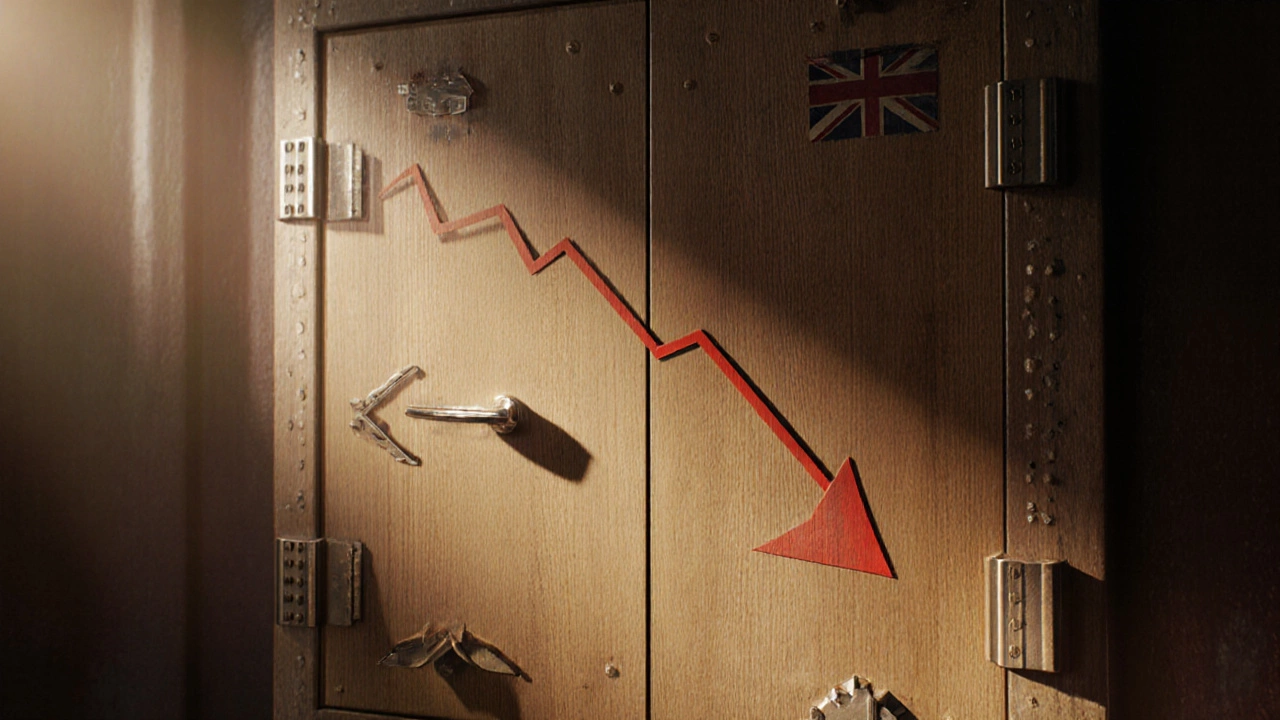Understanding ISA Risks: What Every Saver Should Know
When working with ISA risks, the potential downsides linked to Individual Savings Accounts, the UK’s tax‑advantaged savings wrapper. Also known as tax‑free ISAs, they allow you to earn interest, dividends or capital gains without paying income tax or CGT, but they come with rules that can bite if you ignore them. ISA risks encompass several entities: tax‑efficient investing, a strategy that seeks to minimise tax on returns while staying within legal limits, capital gains tax, which does not apply inside an ISA but can affect decisions about moving funds out, and contribution limits, the annual caps that, if exceeded, trigger penalties. The relationship is clear: ISA risks include the chance of breaching contribution limits, incurring unexpected tax, or losing the tax‑free status due to rule changes. In other words, managing ISAs requires awareness of tax‑efficient investing principles and the impact of capital gains rules.
Key risk areas you need to watch
Every ISA holder should keep an eye on market risk, the possibility that the underlying investments lose value due to market swings. This risk affects cash ISAs, stocks and shares ISAs, and even innovative finance ISAs, because all are tied to asset performance. interest‑rate risk matters for cash ISAs: a sudden rise in rates can make existing fixed‑rate products look unattractive, prompting premature withdrawals that trigger withdrawal penalties. Inflation risk is another hidden danger – if inflation outpaces your ISA returns, your purchasing power erodes, turning a seemingly safe savings vehicle into a losing proposition. Beyond financial market forces, fraud risk looms, especially with online platforms offering innovative finance ISAs; scammers may pose as legit providers, leading to loss of capital. Lastly, regulatory risk can alter the playing field: policy shifts may tighten contribution caps or adjust the tax‑free status, meaning today’s benefits could shrink tomorrow. Understanding that ISA risks interact with market, interest‑rate, inflation, fraud, and regulatory changes helps you build a resilient savings plan.
So, how do you protect yourself? Start by diversifying across ISA types – blend cash, stocks & shares, and innovative finance products to smooth out market volatility. Keep a close watch on the annual contribution limits and set reminders before the tax year ends; staying within the caps eliminates surprise penalties. Regularly review the interest rates on cash ISAs and be ready to switch if a better deal appears, but weigh any early‑exit fees against potential gains. Use reputable providers with FCA protection to lower fraud exposure, and sign up for alerts about regulatory updates that could affect your accounts. By treating your ISA as a dynamic part of a broader financial strategy, you turn risk awareness into actionable steps. Below you’ll find a curated collection of articles that dig deeper into each of these risk categories, offer real‑world examples, and give you the tools to keep your tax‑free savings safe and growing.

Explore why an ISA can lose value, the risks of cash, stocks & shares, and innovative finance ISAs, and learn practical steps to safeguard your tax‑free savings.
Read More